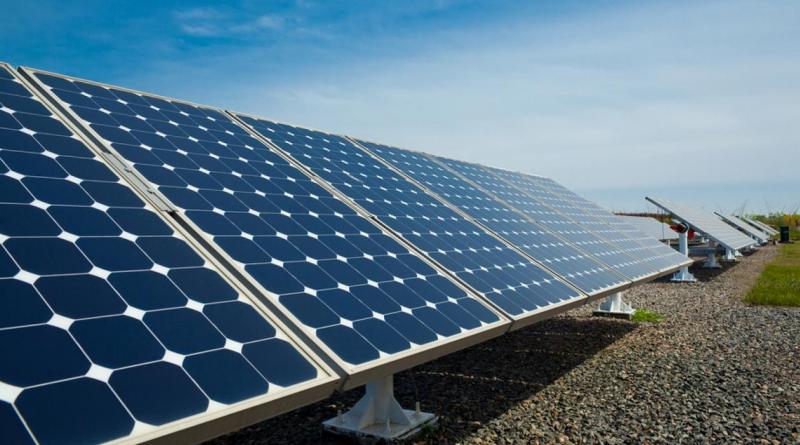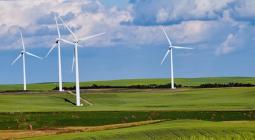Renewables Boomed In 2019, But This Year May Be Different.

enewable energy projects constituted three-quarters of all new power generation capacity projects in the world last year, the International Renewable Energy Agency said in a new report. In even better news, IRENA said that renewable capacity additions rose by 7.6 percent last year and that they exceeded fossil fuel power-generation capacity additions by a factor of 2.6.
2019 was a good year for renewables, it seems, with solar and wind accounting for as much as 90 percent of the total. And yet the 176 GW added during that year was lower than the 179 GW added in 2018 in new capacity, suggesting a slowdown in new solar and wind additions, which may or may not be surprising given a change in the Chinese subsidy regime for new renewable projects and cost-efficiency considerations.
“While the trajectory is positive, more is required to put global energy on a path with sustainable development and climate mitigation – both of which offer significant economic benefits,” said the head of IRENA, Francesco La Camera. “At this challenging time, we are reminded of the importance of building resilience into our economies. In what must be the decade of action, enabling policies are needed to increase investments and accelerate renewables adoption.”
This increase in investments, however, could prove challenging given the current global economic situation. As is always the case, low oil prices negatively affect renewable investments. This time, however, the situation grew even more complicated by the coronavirus pandemic that is already hurting supply chains, including in the renewables sector.
Several large-scale renewable energy projects already missed their deadlines last year, La Camera said. This year, things are likely to get even more complicated and not because of low oil prices or the more relevant gas prices.
“Oil plays a negligible role in power generation and therefore does not compete with renewables in this respect,” La Camera said last month after the global oil benchmarks took a plunge. “Renewables have become the dominant source of new power generation capacity over the last six years because they are competitive at the bottom end of the conventional fossil fuel power generation cost range – primarily with coal.”
However, gas is cheap too, and some governments are cutting subsidies for new renewable capacity to see if it can stand on its two feet without strong government support. China is the best case in point. After surprising markets with a cut in subsidies for new solar and wind power installations, this year Beijing announced even more reductions. The country will cut subsidies for new solar farms by 50 percent and suspend state support for offshore wind entirely.
Meanwhile, in Europe, the Netherlands is doubling its subsidies for renewable energy in a bid to achieve a 25-percent emission cut from 1990 levels by the end of the year. While the Netherlands may have 4 billion euros set aside just for that, other European governments are too busy finding a way to support the member states hardest hit by the coronavirus. This support, according to sources from Brussels who spoke to CNBC, could be worth some $260 billion (240 billion euros).
Of course, the EU’s renewable energy budget is a separate thing. However, with economies on the brink of collapse, it will be a while before the renewable industry recovers to take advantage of that budget.
A group of states in the U.S. have launched a new initiative dubbed the “100% Clean Energy Collaborative.” The aim of the action is for much more ambitious emissions targets than federal policies envisage. The initiative will seek to help individual states from that group hit their goals. How successful it will be remains to be seen after the pandemic noise dies down. Chances are there will be renewable projects that will get delayed or dropped while the industry battles the effects of the unprecedented global response to the virus. All industries have been affected. None is immune. The world’s shift to a cleaner future may have been delayed for a while.
The views and opinions expressed herein are the views and opinions of the author and do not necessarily reflect those of Nasdaq, Inc.
8 April 2020
Nasdaq




